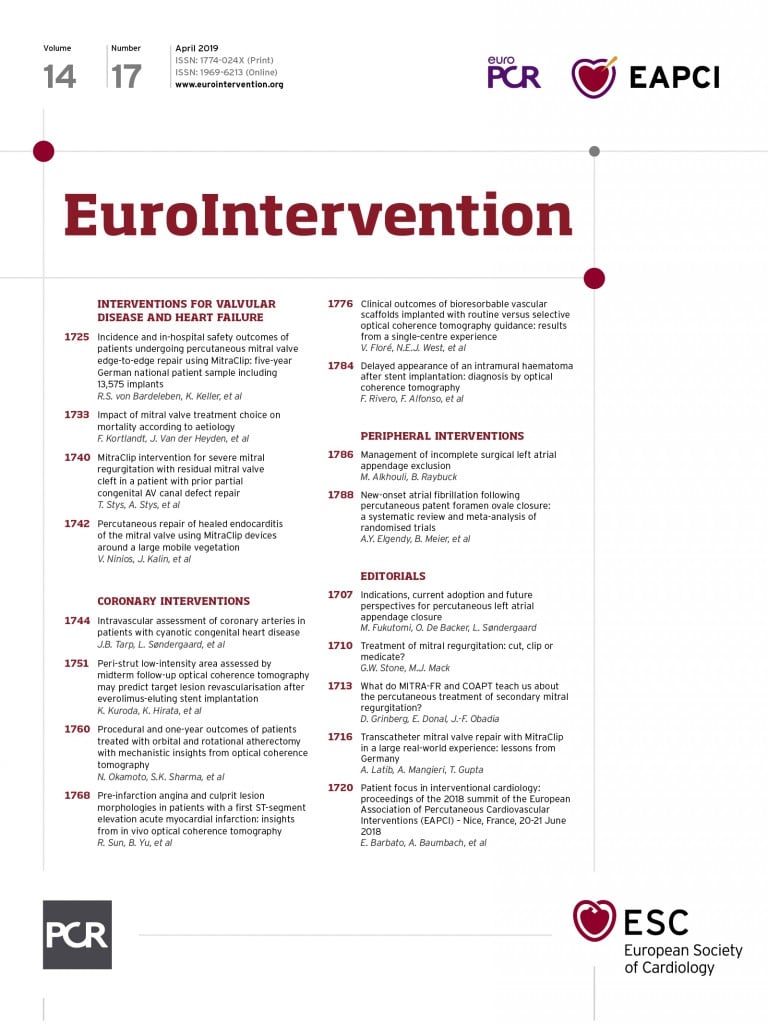
We appreciate the interest in our article. The authors (Doshi et al)1 raised a few concerns that we will clarify below.
1. The results are not accompanied by the Society of Thoracic Surgeons (STS) score or EuroSCORE II which are major determinants for a decision to perform TAVI in most cases.
The mean (±SD) STS of the CKD patients who underwent TAVR was 8.8±3.7. As for the conservative treatment group, most of these patients were not presented to the institutional Heart Team for consideration of TAVI so we do not have the STS or EuroSCORE II data for these patients. We agree that this is a potential source of bias, as mentioned in the manuscript, but we did undertake several measures to prevent most of the sources for such bias. First, we did not include patients who were judged by their attending physicians to be suffering from cognitive decline or had an active malignancy in the conservative treatment arm. Second, we used several statistical measures to adjust for differences in baseline characteristics between the two groups – Cox proportional hazards model with adjustment for multiple variables, propensity score matching and inverse probability weighting. All three methods yielded similar consistent and highly significant results.
2. All-cause mortality for the conservative group may not be sufficient. The authors need to include cardiovascular mortality as well.
Since overall mortality in the overall TAVI population is significant (over 20% for one year2 and over 60% for five years3), we believe that the relevant endpoint for patients referred for TAVI is overall rather than cause-specific mortality. This was also the endpoint used in the landmark TAVI RCTs.
3. How many patients were already on dialysis prior to the study? Additional information is warranted as to how many patients had acute kidney injury post TAVI and how many received dialysis post TAVI.
None of the patients included in our study was receiving haemodialysis prior to TAVI and no patient was started on haemodialysis during the follow-up period.
4. Did any patient receive TAVI or surgical repair/replacement after diagnosis of aortic stenosis in the conservative management group?
As detailed in the Methods section, in order to be included in the conservative treatment group, patients had to have a documentation of severe symptomatic AS and no evidence of undergoing any intervention to the aortic valve, either TAVI or SAVR.
Conflict of interest statement
The authors have no conflicts of interest to declare.

